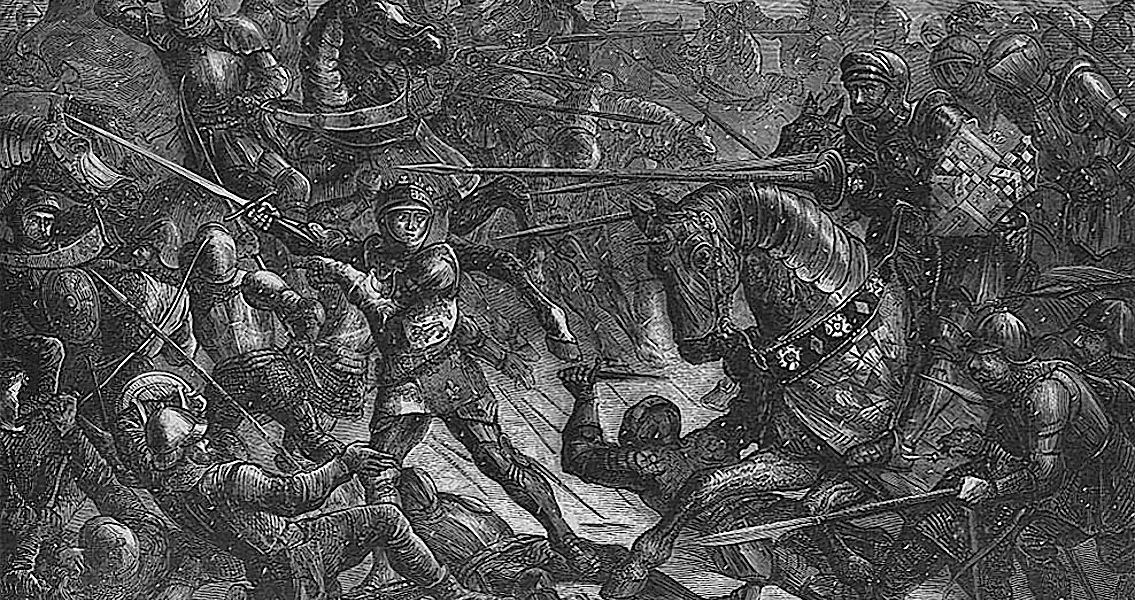<![CDATA[The skeleton of a soldier who took part in the Battle of Towton, an important stage in the Wars of the Roses, has provided evidence of why it is to this day considered one of the most violent armed conflicts in English history. The man was probably a member of the elite, since his body was found next to a mass grave with casualties of the battle. He sustained a host of injuries, one of which suggests a practice in times of battle of forcibly removing the enemy’s helmet by slashing at their lower jaw, according to the director of attractions for York Archaeological Trust, Sarah Maltby. The man that researchers have now examined and put on display at the Richard III Experience in York, was between 36 and 45 years old and possibly a mounted knight, as suggested by some of his injuries, Culture24 reports. One of these was a deep cut to the left foot, which broke a bone and cut another two. Maltby told Culture24 that this suggested he had been on horseback and attacked from below. On the other hand, it could have been a downward blow from another soldier on horseback. As to what caused the man’s death, the most likely injury is a blunt force trauma he sustained at the base of his skull, possibly delivered by a mace or war hammer. If he was still wearing his helmet, the death blow may have come from an axe or a sword. The blow to the jawbone, made with a sharp weapon, is very similar to injuries found on other bodies at the site, which led the scientists to suggest it was a practice during battle to try and remove the helmet of the enemy to make them easier to kill. The reason why the researchers assume these injuries were all sustained in the battle is that in none of the cases do the bones show any signs of healing, so the warrior must have received the injuries shortly before his death. The Battle of Towton, fought on 29th March 1461, involved some 80,000 men and resulted in around 10,000 casualties on the side of the House of York and another 20,000 on the Lancastrian side over the 10 hours it lasted. It is seen as one of the most violent in the history of England and ended with a victory for the White Rose, the house of York. It put on the throne of England Edward, duke of March, as Edward IV. This York line ended with the death of Richard III in 1485 at the Battle of Bosworth, which put on the throne Henry VII, marking the beginning of the Tudor dynasty at the helm of the country. The true extent of the influence the Wars of the Roses had on English history is subject to debate, with some historians suggesting that this influence has been exaggerated. Nevertheless, the fact that so many among the aristocracy died in the series of conflicts is believed to have contributed to the socio-political changes England underwent, including weakening feudal power and a strengthening of the merchant class. The wars could also have played a role in the rise of the centralised, strong monarchy of the Tudor period. ]]>
Medieval Skeleton Speaks of Towton Bloodshed
